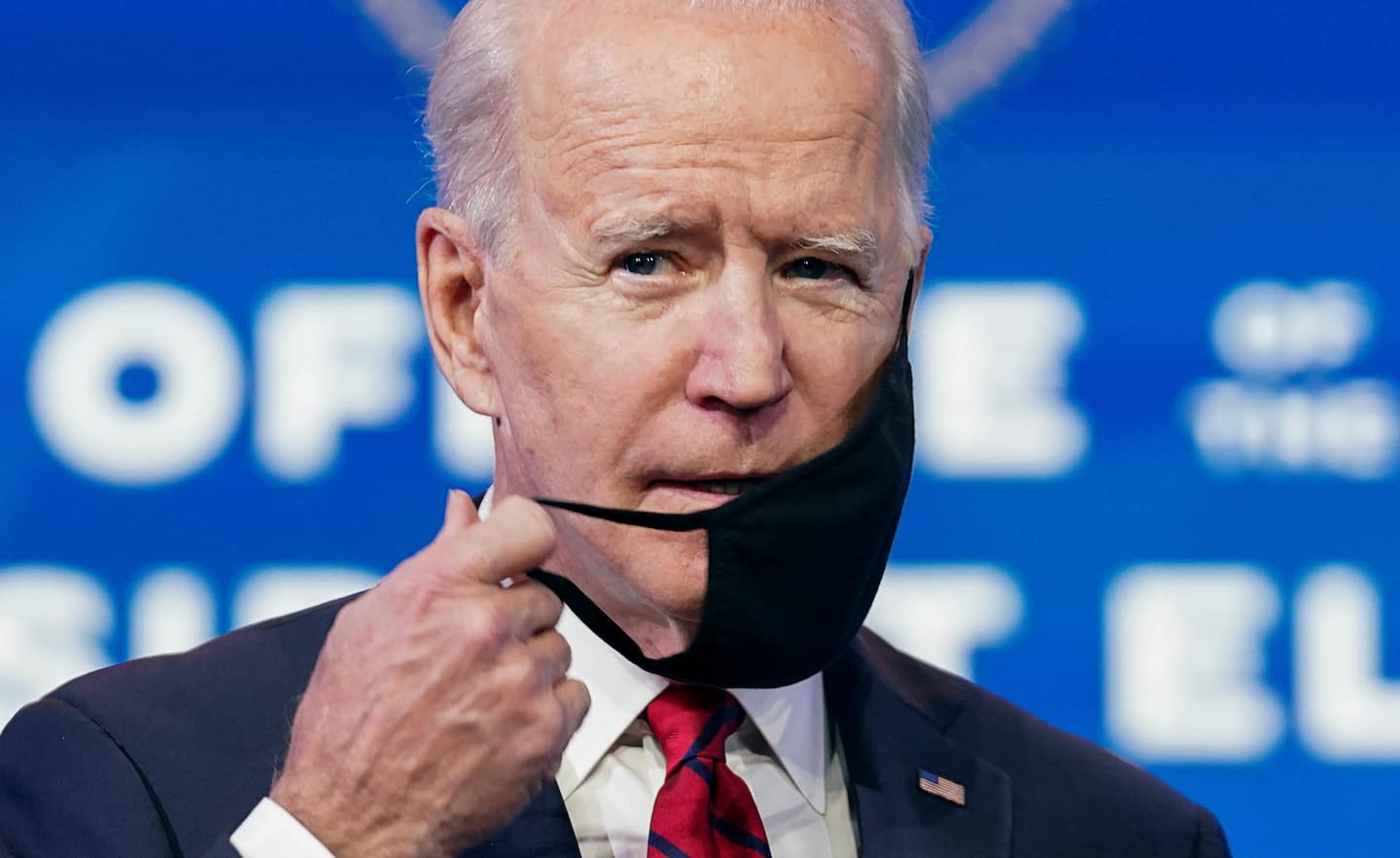On vaccines, America must balance speed and equity

If speed is the primary goal, the federal government would push out vaccines to entities with the highest expressed demand that have the highest likelihood of reaching people quickly. That includes hospitals, community health centers and pharmacies that have the infrastructure to inoculate existing patients. Competition adds a powerful incentive: Those that can administer more vaccines get more, while those that can’t will have their allocation redistributed.
Also key to speedy distribution is for states to expand eligibility criteria. I agree with the criteria that Biden laid out to target those 65 and older and essential workers.
This approach will easily meet and surpass Biden’s goal of 100 million inoculations in the first 100 days. But speed comes at a cost of favoring individuals with greater privilege who live in more well-resourced areas.
Relying on existing places of health-care delivery means that those who are uninsured, lack primary care physicians and reside in underserved areas will face more barriers to access. A “first come, first serve” approach will leave out many of the most vulnerable, who may not be able to phone a hotline right as it opens or camp out overnight to get a shot. Those with connections will almost certainly find a way to jump ahead, and access rather than need will determine someone’s place in line. Given how much covid-19 has disproportionately affected communities of color and low-income individuals, an exclusive emphasis on speed could worsen existing disparities.
What would it look like to prioritize equity instead? The federal government could identify areas with predominant minority populations and direct more doses there, even if it runs the risk of these areas having lower demand and vaccines ending up unused. Vaccines could be saved for those who reside in the most underserved Zip codes, as some members of the D.C. Council have suggested, even if there is higher demand from other surrounding areas. If minority members of priority groups express vaccine hesitancy, they could be given time for targeted education rather than immediately redistributing their doses.
This plan would certainly be fairer and more just, but it does come at the expense of speed. Already, the vaccine rollout has been much slower than anticipated. To many people, further delaying shots is as untenable as exacerbating disparities. Both will cost lives.
As long as vaccines remain a scarce and desired resource, this tension will exist. Here are four actions that can help achieve both speed and equity:
Prioritize populations that can be vaccinated quickly and which are predominantly low-income or communities of color. That might include workers in meatpacking plants and inmates in jails and prisons, as well as Biden’s proposal to open federally supported mass vaccination sites in areas of greatest need.
Require public reporting of vaccine recipients’ demographic information, specifically age, occupation, income, race and Zip code. This will identify gaps in vaccination and drive targeted approaches, including, as Biden announced, mobile vans to go to hard-to-reach areas. The federal government could then tie future vaccine allocation to success in reducing disparities.
Allow cities and states maximal flexibility. We’ve seen how overly rigid systems such as the CDC priority tiers get in the way of practical implementation. The federal government should avoid imposing rules on locales already struggling with complex logistics. The only strict criteria should be that no doses go to waste and that all first doses are followed by timely administration of a second dose.
As challenging as it is, the trade-off of speed versus equity is a time-limited problem. In the coming months, production and distribution will ramp up enough that the emphasis will shift to convincing enough Americans to get vaccinated to reach herd immunity. Until then, policymakers at all levels will need to balance two issues that are both inextricably linked to the public’s health.
Read more:






